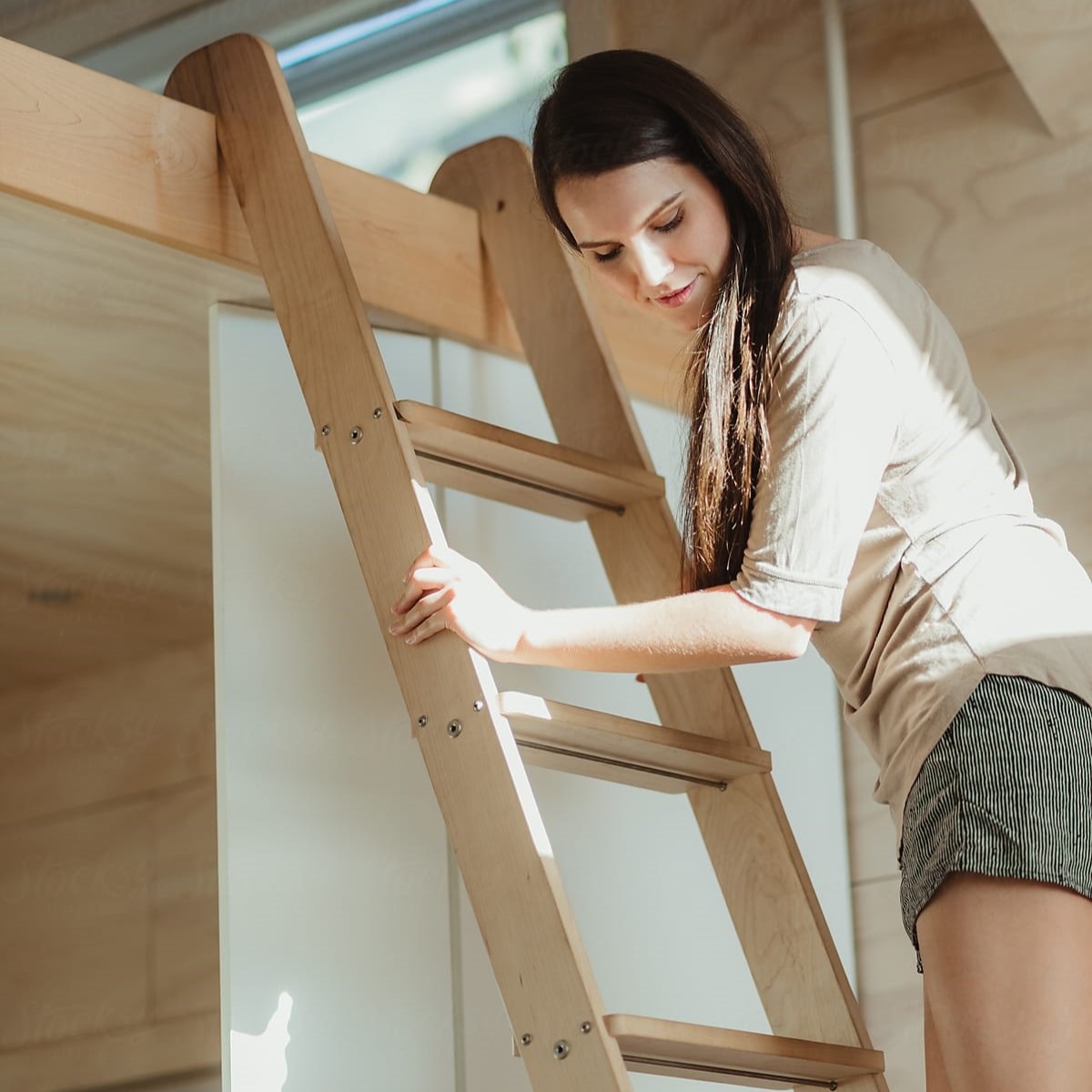

Articles
How To Get Down A Ladder
Modified: December 7, 2023
Learn the best methods for safely descending a ladder with these informative articles. Master ladder safety and avoid accidents with expert tips and guidance.
(Many of the links in this article redirect to a specific reviewed product. Your purchase of these products through affiliate links helps to generate commission for Storables.com, at no extra cost. Learn more)
Introduction
Descending a ladder may seem like a simple task, but it’s important to do it safely and with proper technique. Whether you’re working on a construction site, completing a home improvement project, or simply using a ladder for everyday tasks, knowing how to get down a ladder is crucial for your safety.
In this article, we will guide you through the steps to safely descend a ladder. We will cover the proper positioning, gripping techniques, controlled descent, and landing techniques to ensure a safe and secure process. By following these steps, you can minimize the risk of accidents and injuries while on a ladder.
Remember, ladder safety should never be taken lightly. Clumsiness or carelessness can lead to severe consequences. So, let’s dive into the step-by-step process of getting down a ladder.
Key Takeaways:
- Safely descending a ladder requires proper positioning, secure grip, controlled speed, and safe landing. Following these steps minimizes the risk of accidents and ensures a secure descent every time.
- Prioritize ladder safety by maintaining awareness, addressing potential hazards, and practicing the techniques outlined in this article. Consistency and caution are key to preventing ladder-related injuries.
Step 1: Position Yourself
The first step to safely descending a ladder is to ensure that you are in the right position. Here’s what you need to do:
- Face the ladder: Before you begin descending, always make sure that you are facing the ladder. This will allow you to see your steps clearly and maintain your balance throughout the process.
- Keep your body centered: Position your body in the center of the ladder rungs. Avoid leaning too far to one side as it can cause the ladder to tip and lead to a fall.
- Maintain three points of contact: Always have three points of contact with the ladder while descending. This means that both hands and one foot should be in contact with the ladder at all times, providing stability and balance.
- Stay in control: Before you start descending, take a moment to assess your surroundings. Ensure that there are no obstacles or hazards in your path that could interfere with your descent.
Proper positioning is critical for maintaining balance and stability throughout your descent. By following these guidelines, you will be ready to safely move on to the next step.
Step 2: Secure Your Grip
Having a strong and secure grip on the ladder is essential for a safe descent. Follow these steps to ensure a firm hold:
- Hold the ladder rungs firmly: Place your hands on the ladder rungs, making sure to have a firm grip. Position your palms facing inward, with your fingers wrapped around the rungs.
- Use a combination of handholds: Utilize both hands to maintain a secure grip. If the ladder has side rails, hold onto them for added stability.
- Avoid over-gripping: While it’s important to have a firm grip, avoid gripping the ladder too tightly. This can lead to muscle fatigue or hand cramps, compromising your ability to maintain a secure hold.
- Consider using gloves: If you find it difficult to maintain a firm grip or if the ladder is slippery, consider wearing gloves that provide better traction. This will ensure a more secure grip, especially in wet or humid conditions.
By securing your grip on the ladder, you minimize the risk of your hands slipping or losing control during the descent. This step sets a solid foundation for a safe and controlled descent.
Step 3: Begin Descending
Once you have positioned yourself properly and secured a strong grip on the ladder, you can start the descent. Follow these steps to begin your downward movement:
- Start with small steps: Begin by taking small, controlled steps down the ladder. This will help you maintain balance and stability throughout the process.
- Utilize the ladder rungs: Use the ladder rungs as your guide for each step. Place your foot securely on each rung before moving the other foot down to the next rung.
- Take it slow and steady: Descend slowly, making sure to maintain a controlled pace. Avoid rushing or skipping rungs, as it can compromise your balance and lead to a fall.
- Keep your eyes on the ladder: Focus your attention on the ladder steps and maintain awareness of your surroundings. Avoid distractions and maintain your balance by looking at each rung as you move down.
It’s essential to be cautious and deliberate during the descent. Take your time, keep your movements steady, and rely on the ladder rungs for support. By following these steps, you can ensure a safe and controlled descent.
Always maintain three points of contact when descending a ladder – two hands and one foot or two feet and one hand. This will help you stay balanced and reduce the risk of falling.
Step 4: Control Your Speed
Controlling your descent speed is crucial for maintaining balance and preventing accidents. Follow these steps to ensure a controlled and safe speed:
- Avoid sudden movements: Descend the ladder in a smooth and controlled manner, avoiding any abrupt or jerky movements. This will help you maintain stability and prevent the ladder from wobbling.
- Step down one rung at a time: Move down the ladder one rung at a time, ensuring that each foot is securely placed on the rung before moving to the next one. This gradual descent will keep your movements synchronized and controlled.
- Use your arms for balance: As you descend, use your arms to help maintain balance and control. Keep a slight bend in your elbows and use them as counterweights to adjust and stabilize your position.
- Stay mindful of your center of gravity: Be aware of your center of gravity throughout the descent. Distribute your weight evenly, avoiding leaning too far back or forward. This will ensure a stable and controlled descent.
By controlling your speed, you reduce the risk of losing balance, falling, or putting unnecessary strain on the ladder. Prioritize safety above all else during the descent process.
Read more: How To Get Over Fear Of Heights On A Ladder
Step 5: Land Safely
As you approach the end of the ladder, it’s important to land safely to complete a secure descent. Follow these steps to ensure a safe landing:
- Verify the landing surface: Before you step off the ladder, ensure that the landing surface is stable, clear of debris, and free from any hazards. This will minimize the risk of tripping or stumbling upon landing.
- Position yourself for landing: As you near the bottom of the ladder, position your feet shoulder-width apart and prepare to touch down with both feet simultaneously. This provides a stable base for your landing.
- Bend your knees: Upon landing, bend your knees slightly to absorb the impact and distribute the force evenly. This will help prevent jarring or straining your joints upon the landing impact.
- Take a moment to stabilize: Once you have landed, take a brief moment to ensure you are steady and balanced before moving away from the ladder. This allows your body to readjust and regain composure.
Landing safely is crucial to prevent any injuries or accidents. By following these steps, you can ensure that your descent ends on a secure note.
Conclusion
Knowing how to safely descend a ladder is an important skill for anyone who works with ladders or engages in home improvement projects. By following the steps outlined in this article, you can minimize the risk of accidents and ensure a safe descent every time.
Remember to always position yourself correctly, maintain a secure grip on the ladder, and take your time during the descent. Controlling your speed and landing safely are essential components of a secure ladder descent. By practicing these techniques consistently, you will develop the confidence and skills necessary for ladder safety.
Additionally, it’s important to be aware of your surroundings and address any potential hazards before descending a ladder. Keeping the area clear of obstacles and ensuring proper lighting can greatly contribute to a safer working environment. Regularly inspecting ladders for any defects or damage is also crucial to prevent accidents.
Lastly, never underestimate the importance of ladder safety. Even a simple task like descending a ladder can pose risks if proper precautions are not taken. By prioritizing safety and following the guidelines in this article, you can protect yourself and those around you from ladder-related injuries.
So, whether you’re a professional tradesperson, a DIY enthusiast, or simply using a ladder for household tasks, always remember to practice ladder safety and employ the techniques discussed in this article. Stay safe, maintain awareness, and make every descent a secure one.
Frequently Asked Questions about How To Get Down A Ladder
Was this page helpful?
At Storables.com, we guarantee accurate and reliable information. Our content, validated by Expert Board Contributors, is crafted following stringent Editorial Policies. We're committed to providing you with well-researched, expert-backed insights for all your informational needs.



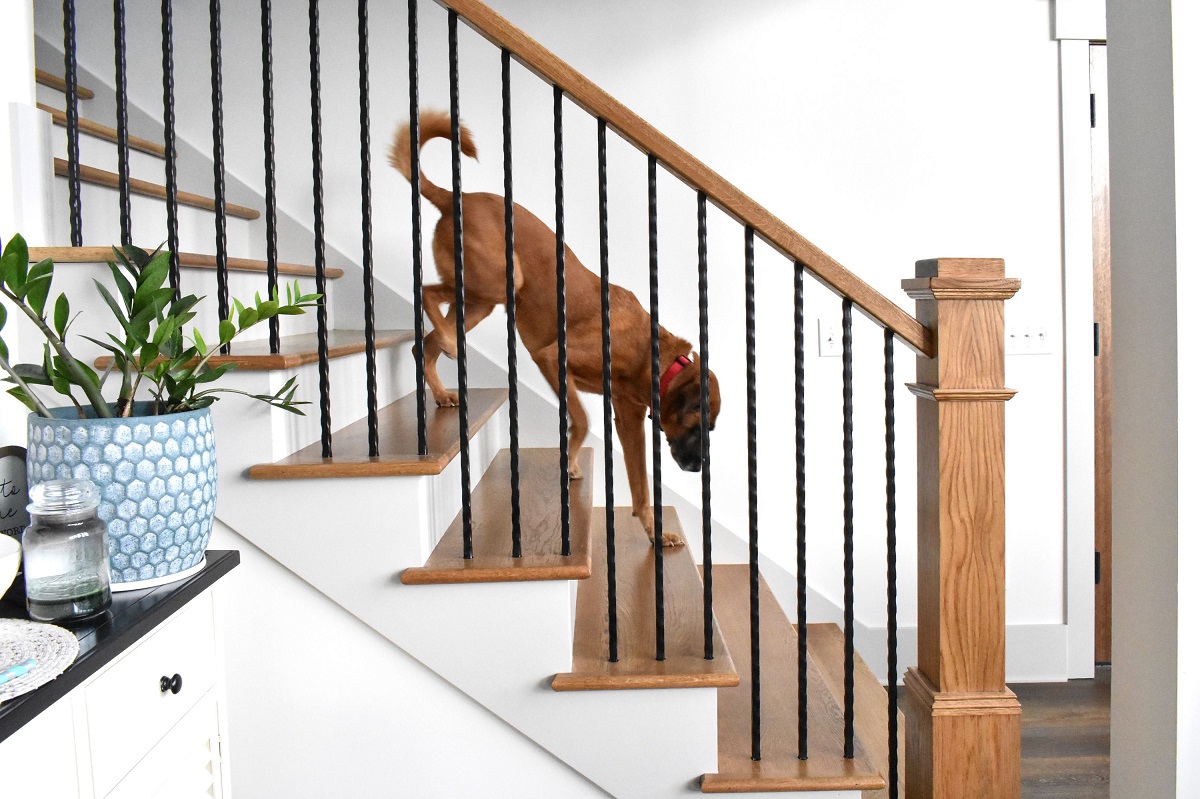

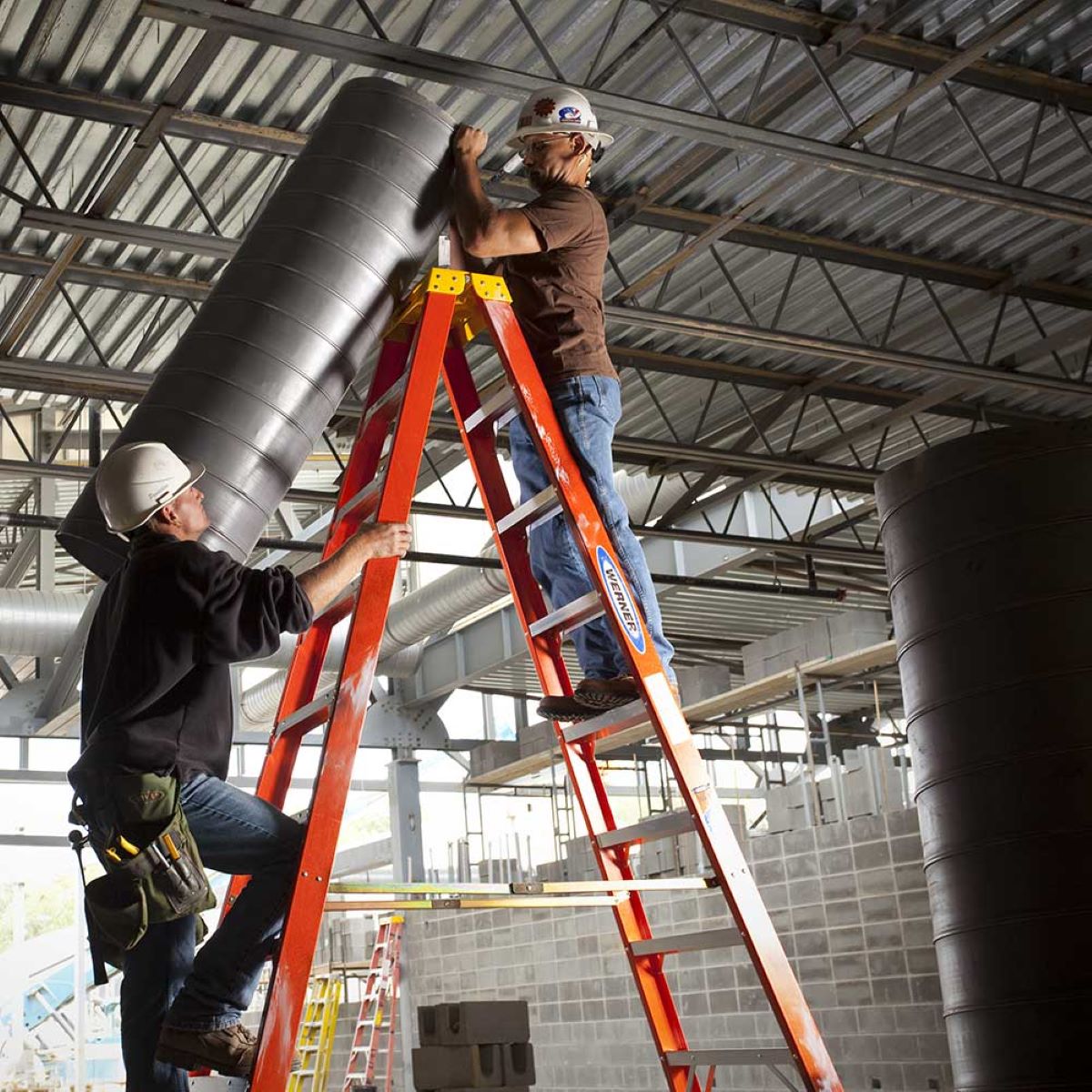

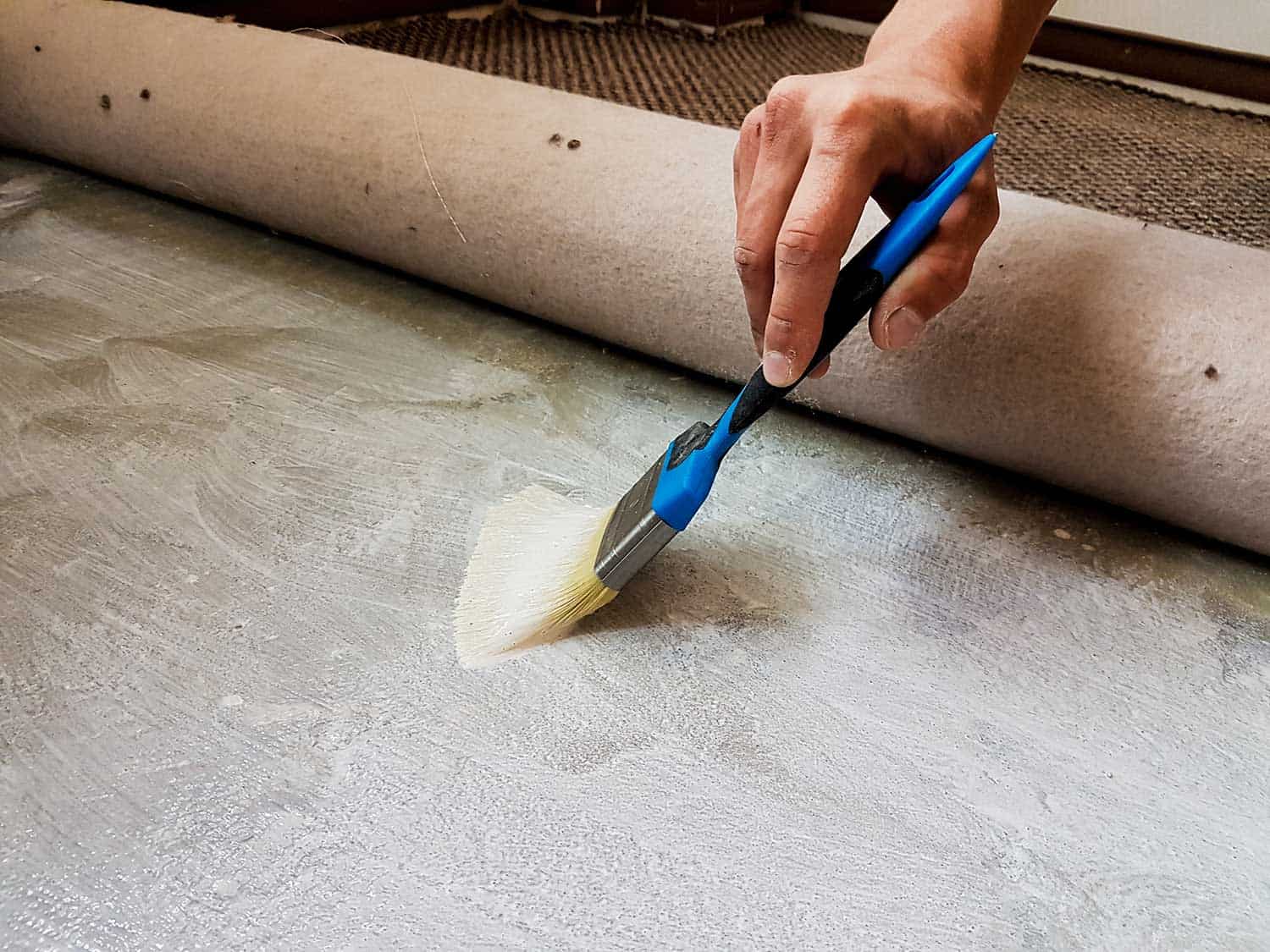




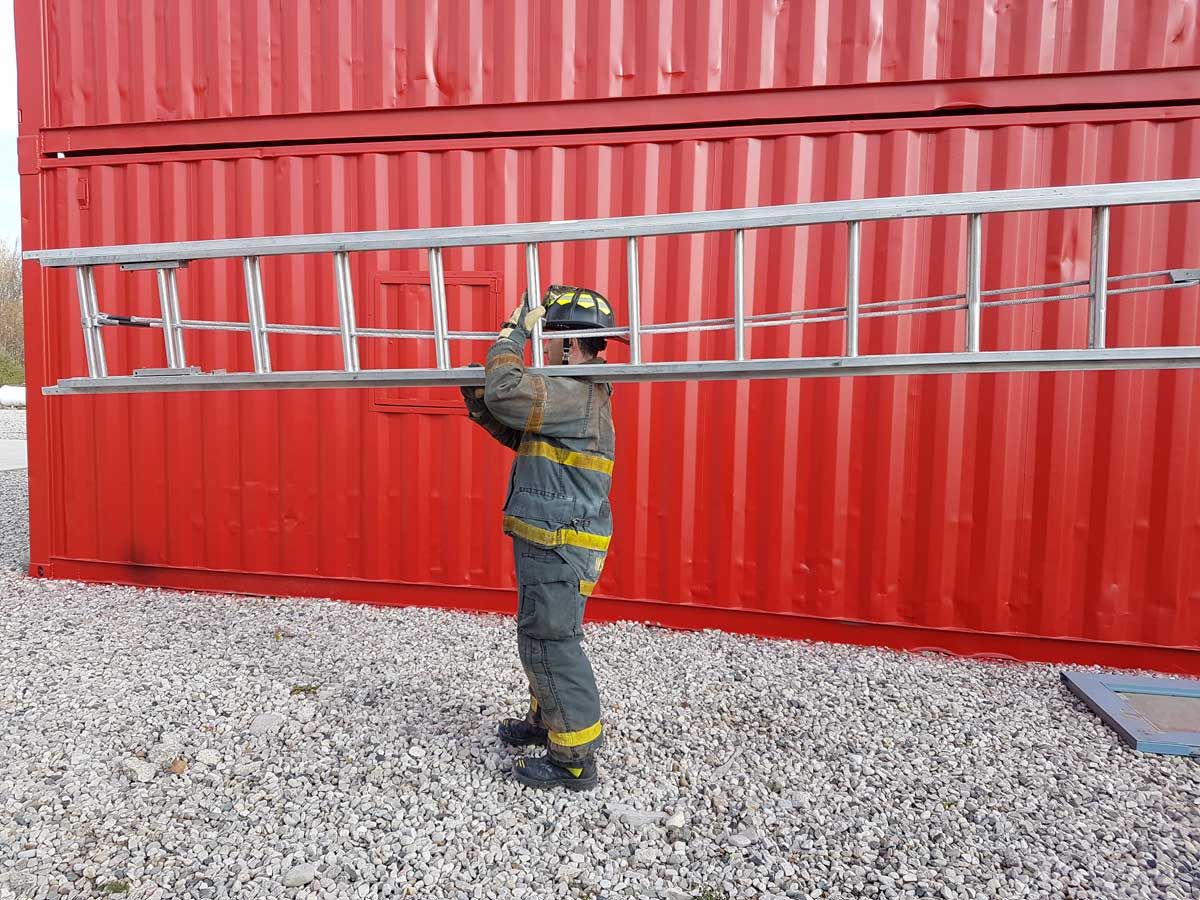
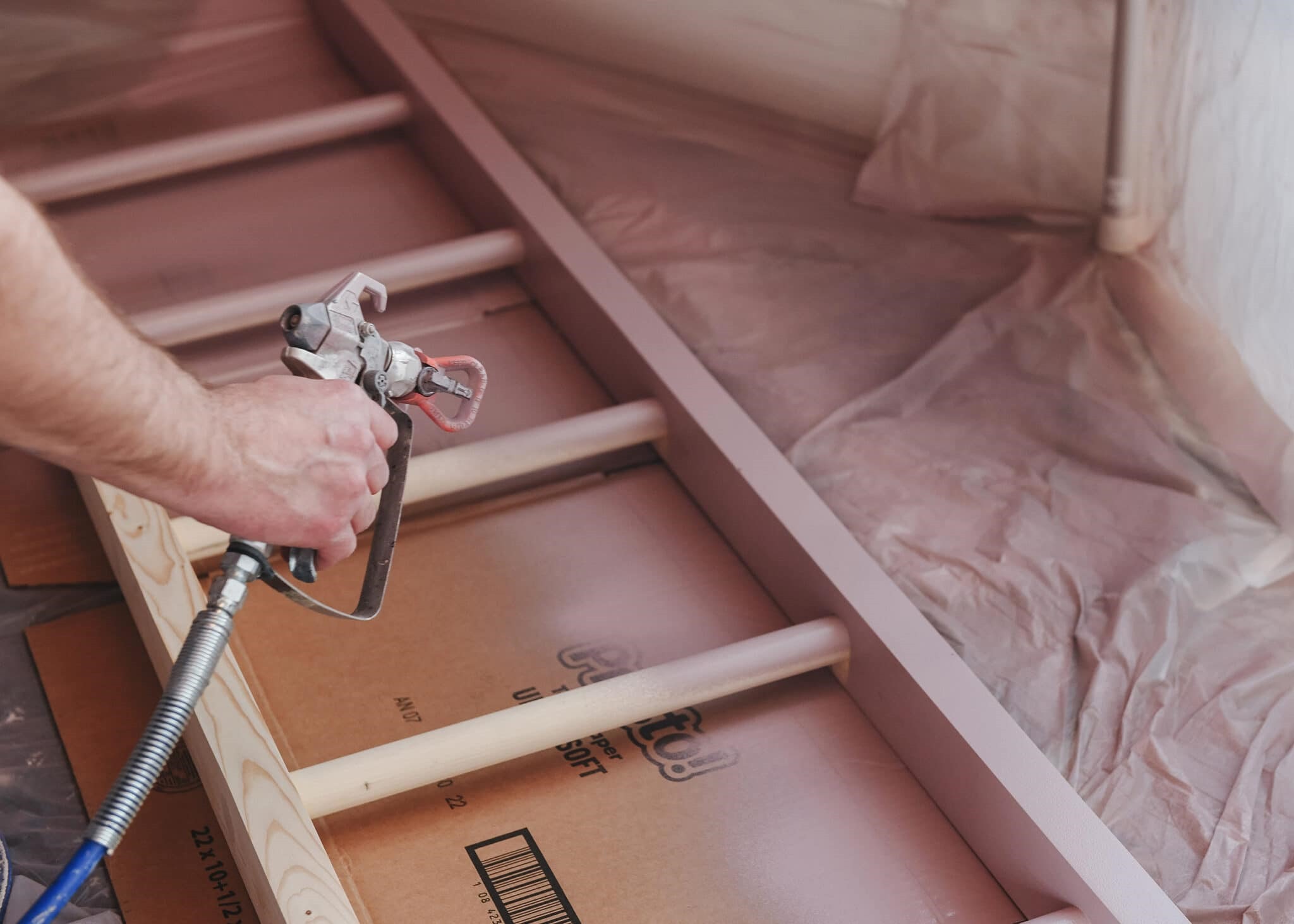

0 thoughts on “How To Get Down A Ladder”